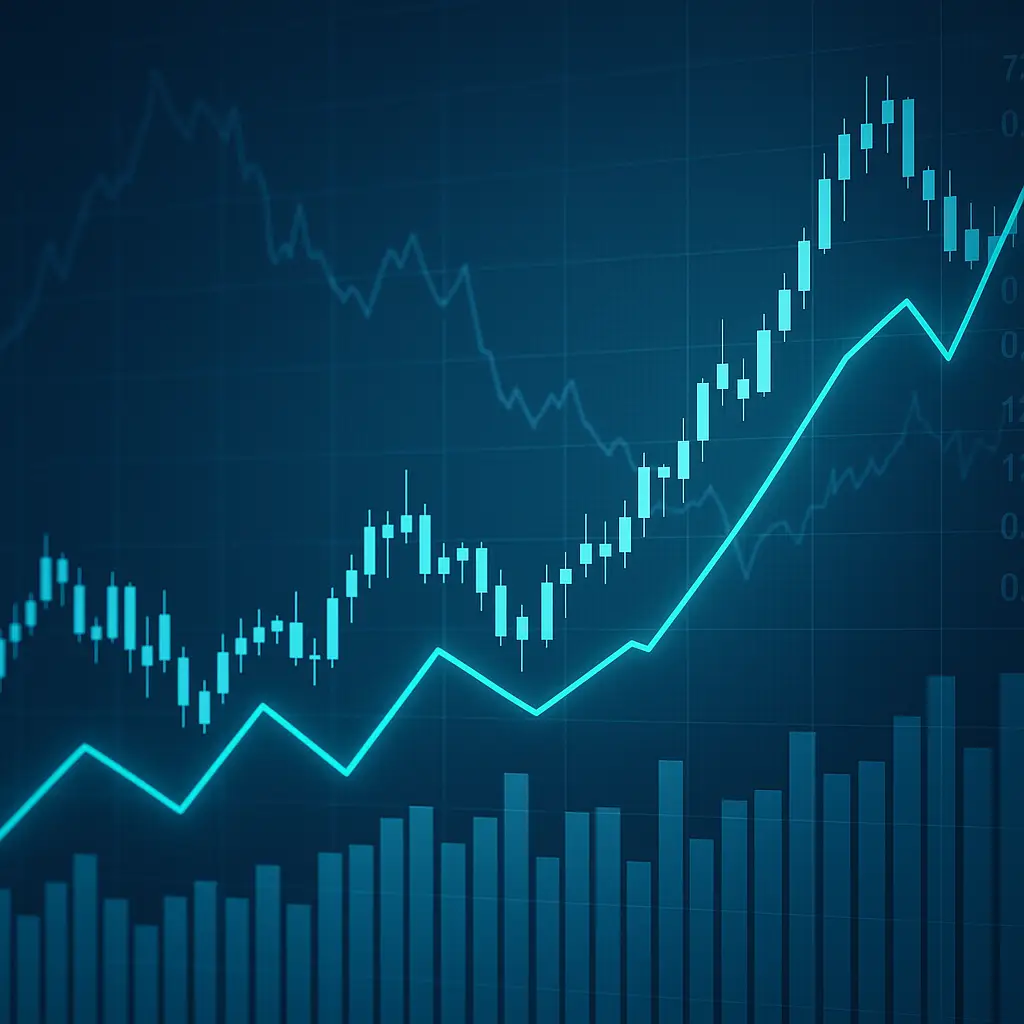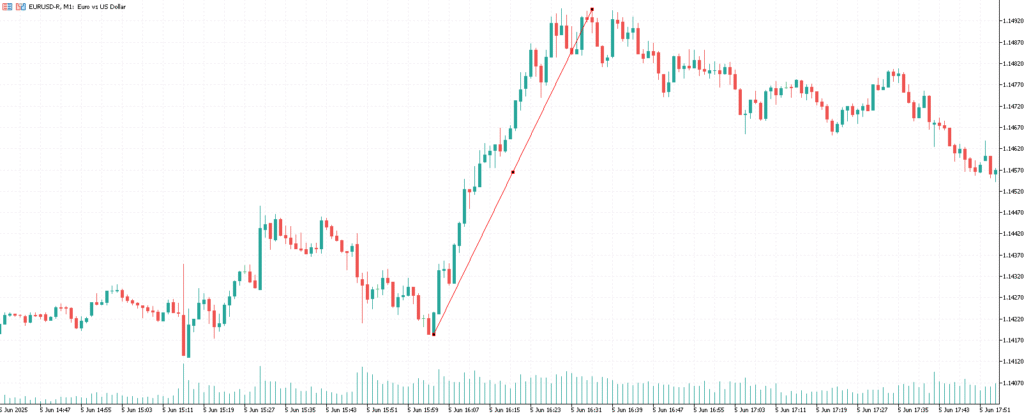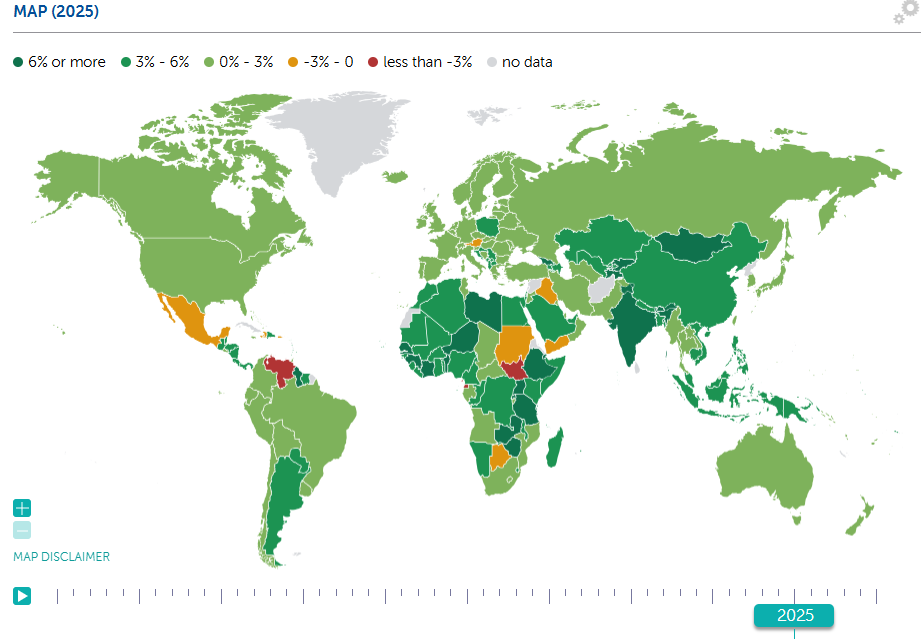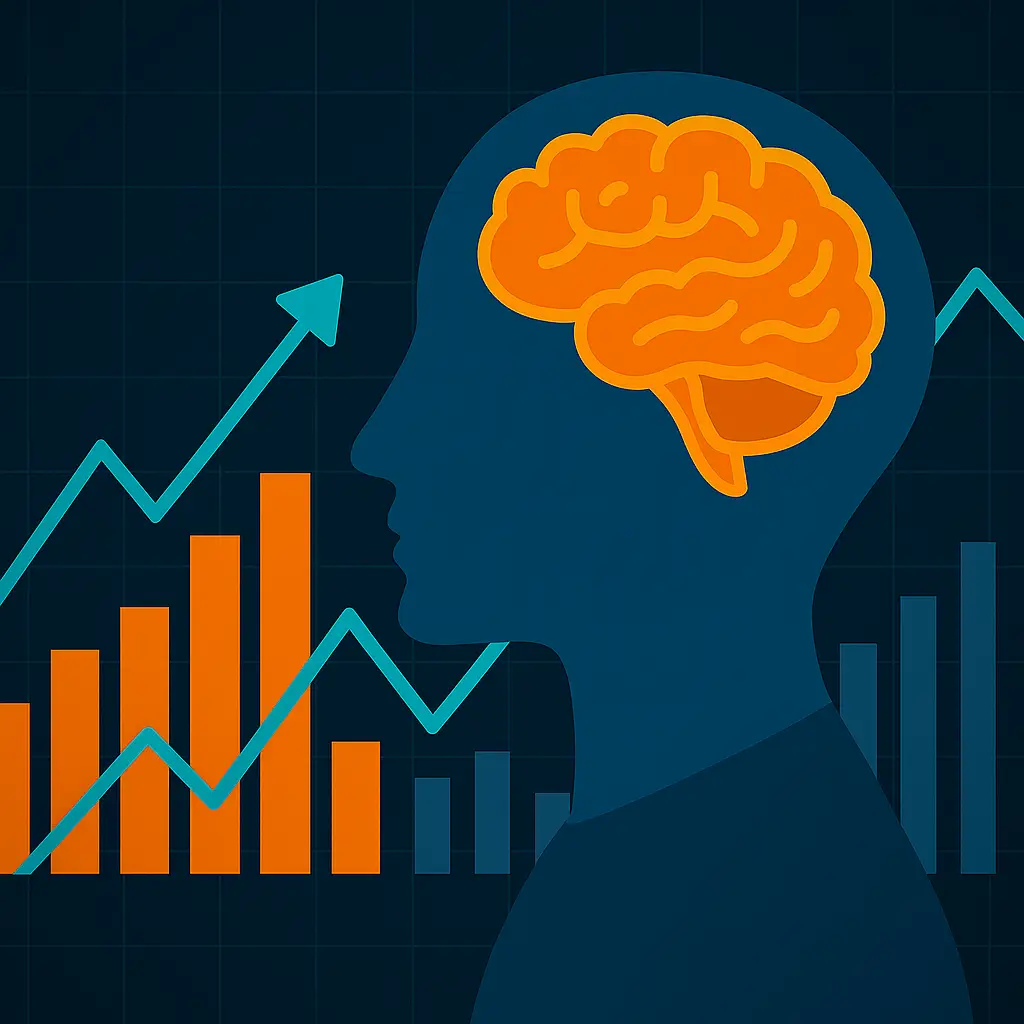
Our fundamental analysis highlight new and old tools and frameworks to help traders stay ahead:
Key Metrics: Gross Domestic Product (GDP), Consumer Price Index (CPI), Producer Price Index (PPI), and non-farm payrolls (NFP) drive currency valuations. Composite indices like the ISM Manufacturing PMI provide broader economic insights, with U.S. PMI at 50.2 in May 2025, signaling growth.
Climate Impact: Green energy policies bolster currencies like EUR and CNY, while fossil fuel exporters (e.g., CAD, RUB) face volatility due to shifting global demands.
Supply Chain: Ongoing post-COVID disruptions, with 15% higher shipping costs in 2025, impact commodity-reliant currencies like AUD and NZD.
Economic calendars are essential for tracking high-impact events like NFP, GDP, and CPI releases. In 2025, advanced calendars include CFTC Commitment of Traders data for positioning insights.
Example: The U.S. NFP release on June 6, 2025, exceeded forecasts at 250,000 jobs, strengthening USD by 0.8% against EUR.
Central Bank Digital Currencies (CBDCs): Over 100 countries, including China, are piloting CBDCs, potentially reshaping currency flows.
Forward Guidance: The ECB’s April 2025 rate cut to 2.25% signaled dovish policy, weakening EUR, while the Bank of Canada held rates at 2.75% amid U.S. trade policy uncertainty.
Tools: Central bank trackers, integrated into platforms like The Broker Radar, provide real-time policy updates.
GDP: Advance estimates, such as U.S. Q1 2025 GDP growth at 2.8%, signal economic strength, boosting USD.
Inflation: Core CPI, excluding volatile food and energy, is prioritized, with U.S. core CPI at 3.2% in May 2025, influencing Fed rate expectations.
Action: Use The Broker Radar’s market news for real-time GDP and CPI updates.
Geopolitical Risks: Middle East tensions, like Israel-Iran conflicts in June 2025, spiked oil prices 9%, strengthening CAD.
Supply Chain: Higher shipping costs in 2025 inflate AUD and NZD due to commodity reliance.
Tools: Geopolitical risk indices, accessible via The Broker Radar’s news section, offer early warnings.
Tech Economies: Japan’s AI and robotics advancements strengthened JPY by 1.2% in Q2 2025.
AI Tools: Platforms like The Broker Radar integrate AI-driven indicators to analyze GDP and inflation trends, used by 60% of professional traders.
To apply fundamental analysis effectively in 2025, we have seen success from the follow steps:
Use Trading Economics calendar to track NFP, GDP, and CPI releases – Trading Economics Calendar.
Action: Set alerts for “high” impact events and review positioning data to anticipate market moves.
Track ECB, Fed, and BoJ statements via The Broker Radar’s news updates.
Action: Trade EUR/USD post-ECB decisions, expecting 0.5–1% moves based on 2025 trends.

EUR/USD Movement After ECB Rate Cut 2025
Compare GDP and CPI against forecasts.
Action: If U.S. CPI exceeds 3.5%, buy USD/JPY, targeting 50 pips, as seen in May 2025.
 Image from imf.org
Image from imf.org
Monitor geopolitical risk updates using Reuters.
Action: Buy CAD/USD during oil price spikes, as in June 2025.
Use AI-driven indicators on platforms like Tradingview to analyze economic data.
Action: Set alerts for GDP revisions, trading AUD/USD on 0.3% shifts.
Use MT4/5 support/resistance levels post-fundamental events, accessible via our platform tutorials.
Action: Enter GBP/USD trades after BoE rate decisions, confirming with the 200-day moving average. Learn technical analysis.
Choosing the right broker is key for fundamental traders. Here are our top picks:
CMC Markets: Offers real-time Reuters news feeds, 0.6-pip spreads on EUR/USD, and stable execution during NFP releases.
See our CMC Markets Review, or visit CMC Markets now.
Interactive Brokers: Provides comprehensive economic calendars and in-platform news, with 99.9% uptime during high-impact events. See our Interactive Brokers Review, or visit Interactive Brokers now.
Saxo Bank: Delivers proprietary research and macroeconomic reports, ideal for GDP-driven trades
visit Saxo Bank now
Why These Brokers?
News Access: CMC Markets and Interactive Brokers integrate Reuters and Bloomberg feeds for instant updates.
Execution: All three maintain tight spreads (e.g., 0.6 pips) and low slippage during volatility.
Research: Saxo’s 50+ weekly reports rival institutional tools, enhancing fundamental strategies.
Our recommendation for trading fundamentals is CMC Markets – sign up here 🚀
Mastering fundamental analysis in Forex trading for 2025 requires staying informed about economic indicators, central bank policies, and geopolitical events. By combining these insights with technical analysis and choosing a broker like CMC Markets, traders can navigate markets effectively.
Stay ahead with The Broker Radar’s education, new and broker reviews.
Start trading today!




